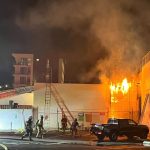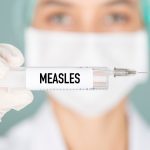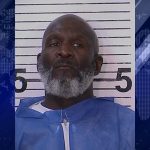San Diego Court Orders Trial for Teen in Fatal Stabbing of Homeless Man during July Fourth Festivities
In a case that has captured the attention of San Diego residents and beyond, a teenager will stand trial for the stabbing death of a 65-year-old homeless man during the Fourth of July holiday weekend, a time traditionally associated with celebration and national pride. The incident occurred in the vicinity of Bonita Cove, across from







